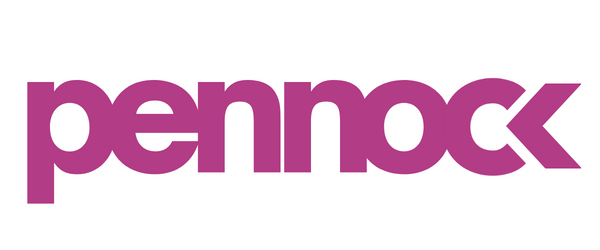2024 In’s & Out’s of Paid Media in the Beauty Industry
Love it or hate it, paid media is an ever-changing world. And with the start of a new year, what better time than now to reflect on what trends we’re seeing–and what are things of the past? In this article, we’ll summarize what strategies are “in” and how you can apply them to your paid media campaigns–as well as what strategies are no longer worth your time or money.
In’s
Personalization - Not just unique to the beauty industry, personalization is a strategy loved by the modern-day consumer. One successful application of this trend is to run a campaign that promotes a quiz on your website that helps your end user decide what to buy.
Influencer collaborations - We’re not just talking about the “hey guyssss” girlie (IYKYK). By seeking influencers to promote your brand, you’re leveraging their trusting audience and finding more organic and honest ways for people to talk about it. We recommend sourcing influencers with various size followings; sometimes the influencers with smaller followings have a more niche and engaged audience.
Cookies - We wish we were talking about the sweet and buttery ones. Data privacy compliance has created new challenges and opportunities for digital marketers. One way paid media platforms are getting around this is by capturing more “first party” data by allowing users the option to checkout directly on their platform (think Meta Shops & TikTok Shops). We encourage our clients to enable Shops on the platform because, on average, we have experienced a 20% increase in ROAS compared to campaigns that do have Shops enabled.
Customer reviews & testimonials - Social credibility is alive and well–especially for new audiences. Leverage positive ratings and reviews by adding this to your ad copy and creative.
Out’s
Manual targeting - Gone are the days when marketers need to define specific interests on all platforms to capture their target audience. Platforms like Meta and Google offer machine-learning campaigns. With these campaigns, the platforms start with a broad audience and quickly determine the best placements and audiences for your ads. Most of the time, we have found these types of campaigns to outperform manual targeting campaigns.
Multiple campaigns with small budgets - Running multiple campaigns with small budgets is a thing of the past for similar reasons to ditching manual targeting: starting with a broad audience and allowing machine learning to identify your audience and placements tends to be more efficient.
Immediately expecting conversions when you first start running paid media - For many brands, it is difficult to stomach a big chunk of change and not immediately see revenue results from it. And many times when you first start ads you see great returns from that warm audience that was likely to convert anyway. However, continually targeting this audience is not sustainable! We recommend adding traffic campaigns to your paid media mix for at least the first three months to raise awareness and fuel your sales funnel–especially if you’re a newer brand.
Strictly relying on paid media to grow your business - Paid media is a great step in building brand awareness and growing revenue. But this shouldn’t be your end-all, be-all marketing strategy! We have found that brands that also have organic strategies in play, such as email marketing, SMS marketing, and strong social foundations, tend to have the greatest success with their paid media campaigns.
Trends and strategies are constantly evolving in the paid media industry. If you recognize the value of running digital marketing campaigns but don’t have the bandwidth to manage them internally, we’d love to help.
